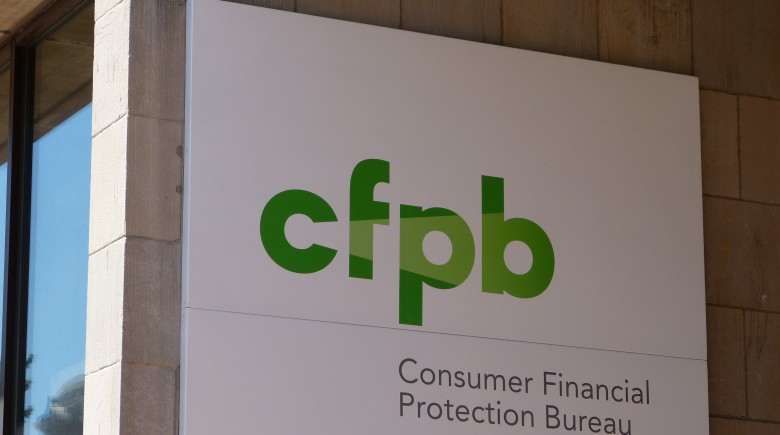Origination points, those annoying extra percentage point borrowers pay when securing a mortgage on that new condominium or single-family home could end or at least reduced. Under new requirements proposed by the Consumer Financial Protection Bureau (CFPB), lenders and mortgage brokers will have a limit on how much they can charge consumers for mortgage fees.
Do not confuse origination points with discount points. Buyers elect to pay discount points to “buy down” the interest rate on a mortgage. Origination points show up as document charges and other fees on real estate closing documents. In fact, many lenders charge borrowers points and a higher interest rate.
Transaction Charges
The Consumer Financial Protection Bureau continues to use its powers under the Dodd-Frank Wall Street Reform and Consumer Protection Act (Dodd-Frank Act) to make changes to the process to prevent many of the problems that occurred during the boom in the mortgage market.
Lenders will have to offer borrowers the option of a loan without the origination points or give the consumer a lower interest rate when the customer chooses a loan with origination points.
According to the bureau, consumers will have an easier time comparing loan products from various lenders and the information they need to make good decisions.
The director of the consumer bureau Richard Cordray said, that with so many products from which to choose, and the number of fees and points,” We want to bring greater transparency to the market so consumers can clearly see their options and choose the loan that is right for them,” said Cordray.
Rules for Good Faith Disclosure
In addition to addressing scurrilous fees, the Consumer Financial Protection Bureau wants more transparency and fairness in the mortgage lending business when it comes to good-faith-estimates. This modification has two components: 1) loan estimate and 2) disclosure.
Loan Estimate: Lenders must provide consumers an estimation, which itemizes the terms of the loan, how much the borrower pays in interest and how the interest might change over the life of the loan. In addition, the document must show the consumer the highest mortgage amount the borrower could face over the loan.
Loan Disclosure: Mortgage lenders must disclose to borrower risks of certain types of loan products. For example, on an adjustable rate mortgage the lender would have to explain the periodic interest rate increases and the benchmark instrument for determining the amount of interest rate adjustments. Three days before the real estate closing, the lender must provide the buyer with more information about the loan.
Other proposed changes would require loan originator to undergo qualification and screening, including banks, mortgage brokers, and not-for profits. The changes also prohibit mortgage lenders from paying fees to loan originators.
Critics of the changes say it only duplicates rules enacted by the Federal Reserve Board after the economic crisis. Rob Alba, an American Banker Association vice president says the additional requirements are “worrisome to banks.”







